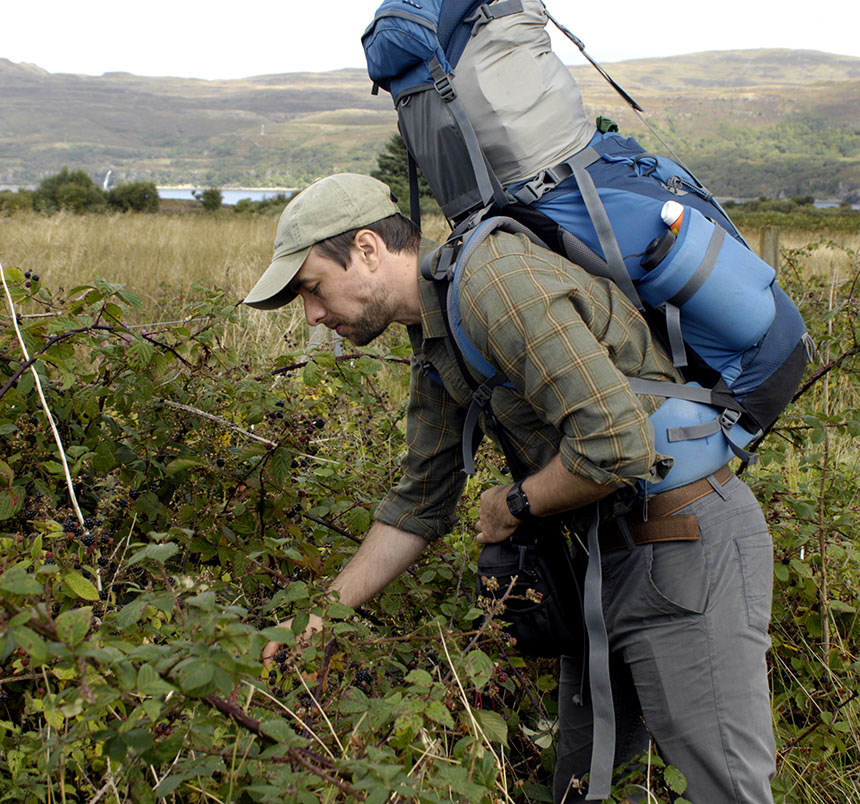
My heat pump (which also is a cooling system) had been working perfectly for fifteen years. It chose to stop running on a hot Saturday afternoon when the outdoor temperature was 88F. The temperature inside the house slowly rose to a miserable 89F.
When critical systems in a house fail, the perversity principle requires that they fail on a weekend, when the kind of businesses you need are closed (though they might make an emergency call for a hefty additional fee). Lucky for me, my nearest neighbor is retired from the heating and cooling business, and he came to take a look.
His diagnosis, in which he says he is 90 percent confident, is that an electrical relay on the air handler has failed. That’s a relatively minor thing, and if we can acquire a new relay on Monday then the fix won’t take long.
Two rooms in the house have ceiling fans, which help. But my upstairs office does not. I went up into the attic and fetched an oscillating fan that had been used in the downstairs bedroom before I had a ceiling fan installed in that room. I had forgotten how amazing fans can be!
I well remember what it was like growing up in the South in the 1950s, when some businesses had air conditioning but pretty much nobody had it in their homes or cars. It was fans that made life in the South bearable before the age of air conditioning. Architecture and landscaping were important, too. It’s why houses of that era had big front porches and shade trees.
Here in the American South, heat pumps have been common for decades. Almost everyone has a heat pump and has some understanding of how they work. In a climate that doesn’t get too cold, heat pumps are an efficient source of heat. The heat pump’s true magic, though, is that it’s reversible. It can pump heat into the house from outdoors, or it can pump heat out of the house. There is a limit to a heat pump’s efficiency, though. When heating, a heat pump can raise the temperature of the outside air only about 50 degrees F. So, if it’s 20F outdoors, a heat pump will have to rely on assistance from electrical heating coils, which are not efficient.
I have seen a good many stories lately about how efforts to introduce heat pumps in the U.K. aren’t going very well. A friend recently returned from a visit to a Scottish island, where a local had complained about the cost of operating a newly installed heat pump — £2,000 for one winter’s worth of heat. My guess would be that the problem is not so much the heat pump as a drafty and poorly insulated house. Here in American South, people who live in older houses often use heat pumps for cooling but still use gas or oil for heating.
The sound of the fan, and the start of the Democratic National Convention tomorrow, have stirred up clear memories of the summer of 1960, sitting in my grandmother’s living room with the sound of her large floor-model oscillating fan and watching the party conventions on television. In 1960, John F. Kennedy was running against Richard Nixon.
Correction: Upon reflection, I realized that my summer memory had to have been from 1960 rather than 1956, and I have edited the paragraph above accordingly.
I’m also remembering the importance of ice for living in the South before the days of air conditioning. My grandmother was fond of Pepsi. Pepsi over ice was regular thing with my grandmother, especially in summer. At home we drank far less Pepsi and far more iced tea. There was always iced tea in the refrigerator, and there was always ice in the freezer.
Normally, now, I don’t use much ice, even in the summer. But one of the first things I did after the air conditioning stopped yesterday was to turn on the icemaker.




















